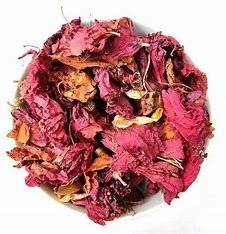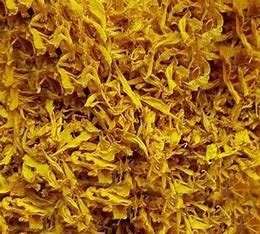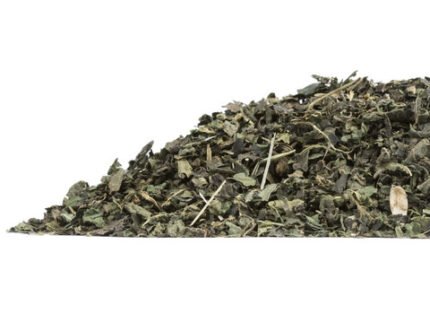Description
Calendula (Calendula officinalis) is a plant known as pot marigold. It is not the same as (Genda phool) i.e. ornamental marigolds of the Tagetes genus grown in vegetable gardens. Calendula (Calendula officinalis) is a short-lived perennial in warmer climates, but it is usually grown as an annual flower in garden beds and containers. Although commonly known as pot marigold, calendula is different from the common marigold.
Calendula flower is commonly used for wounds, rashes, infections, inflammation, and many other conditions. But there’s no strong evidence to support the use of calendula for any purpose.
Calendula was also used historically as medicine and a dye for fabrics, foods, and cosmetics.. Calendula is native to Asia and southern Europe and has been traditionally used in Ayurvedic and Unani systems of medicine. The chemicals in calendula might help new tissue grow in wounds and decrease swelling in the mouth and throat.
Calendula is more commonly grown in the flower garden than as a culinary herb. It is suitable for borders, beds, cut flower gardens and containers. They look particularly good in masses and in the cottage garden. The leaves and petals of this plant are edible. The leaves are typically bitter and often are added to leafy salads. The fresh petals are used as a garnish, seasoning, or a traditional yellow cheese colorant.
Benefits:
Helps us in preventing and curing the following:
- Calendula flower is used to prevent muscle spasms, start menstrual periods, and reduce fever.
- It is also used for treating sore throat and mouth, menstrual cramps, cancer, and stomach and duodenal ulcers.
- Calendula is applied to the skin to reduce pain and swelling (inflammation) and to treat poorly healing wounds and leg ulcers.
- It is also applied to the skin (used topically) for nosebleeds, varicose veins, hemorrhoids, inflammation of the rectum (proctitis), and inflammation of the lining of the eyelid (conjunctivitis).
Precaution and Warning
Pregnancy and breast-feeding: Don’t take calendula by mouth if you are pregnant. It is LIKELY UNSAFE. There is a concern that it might cause a miscarriage. It’s best to avoid topical use as well until more is known. There is not enough reliable information about the safety of using calendula if you are breast-feeding. Stay on the safe side and avoid use.
Allergy to ragweed and related plants: Calendula may cause an allergic reaction in people who are sensitive to the Asteraceae/Compositae family. Members of this family include ragweed, chrysanthemums, marigolds, daisies, and many others. If you have allergies, be sure to check with your healthcare provider before taking calendula.
Surgery: Calendula might cause too much drowsiness if combined with medications used during and after surgery. Stop taking calendula at least 2 weeks before a scheduled surgery.
Other Names:
calendula flower, calendula flower petals, pot marigold
Safety Information:
- For Natural Taste & Freshness, Keep it in cool and dry place.
- Avoid direct Sunlight & Do not Refrigerate.
- Store the contents in an Airtight Container after opening the package.
- All herbal medicine should be used under Medical Supervision only.













Reviews
There are no reviews yet.